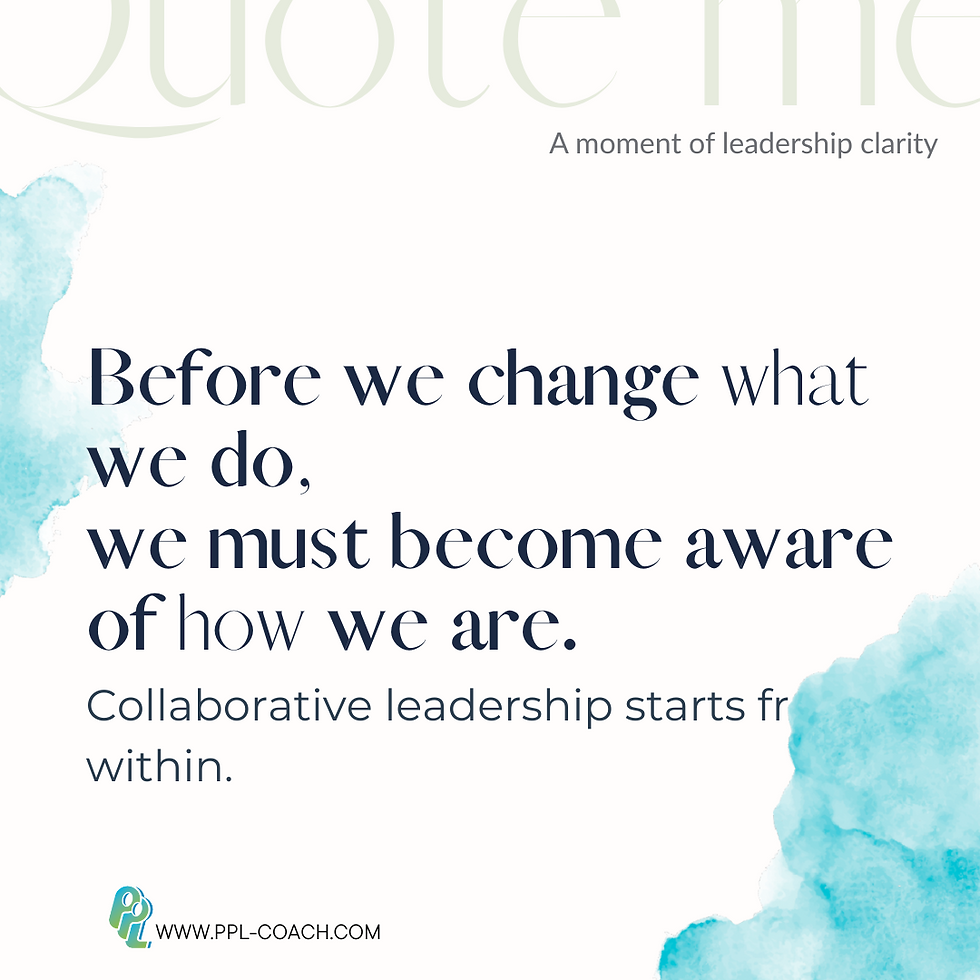When Planning Meets Reality: How Empowering Leaders Turn Curiosity into a Team Sport
- Anjali Leon

- Aug 25
- 2 min read
Aria was a sharp, high-performing Product Manager. For two weeks, she’d been in constant motion—stakeholder interviews, 1:1s with engineers, strategy check-ins with leadership. Her calendar was packed, her notes color-coded. She was determined to nail the quarterly plan.
By the time she finished the deck, it was airtight: clear objectives, detailed milestones, risk mitigation strategies. She had mapped it all.
But five minutes into the planning session with her team, things started to wobble.
One teammate surfaced a new customer insight that challenged a core assumption in the roadmap. Another raised concerns about competing priorities with an overlapping initiative. Then came the kicker: technical feasibility was uncertain for a key piece of the plan.
The air left the room. The confidence Aria had felt just moments ago began to crack.
Her first instinct? Defend the work. Re-explain the decisions. Hold the plan together.
But she paused. And in that pause, she chose something else.
She looked at the team and asked:
“What do we need to learn together before we commit?”
That one question changed the tone entirely. The room leaned in. The conversation deepened. And for the first time, the planning felt real—because it was collective.
When Planning Becomes a Performance
When your value has been defined by knowing the answers, planning can feel like performance. It’s tempting to believe that certainty equals leadership. The plan needs to be perfect before it’s shared.
But in dynamic environments—especially product and tech—this mindset creates a fragile sense of control. It stifles creativity, shuts down feedback, and keeps the plan separate from the people executing it.
From Solo Architect to Collaborative Sensemaker
Empowering leaders don’t present the plan as a fixed destination. They make it a shared learning process.
Aria didn’t stop planning. She stopped holding the plan too tightly. She began to lead with learning. Instead of proving her thinking, she invited others into it.
She started asking:
“What assumptions are we building on here?”
“What feels risky or uncertain—and how might we test it?”
“What’s the smallest real-world step we can take to learn more?”
“Where do we need feedback before we make final decisions?”
The 6 C’s in Action This moment activated six key capacities of collaborative leadership:
Curiosity: Aria shifted from presenting conclusions to inviting exploration.
Collaboration: Her team co-created clarity through conversation and feedback.
Clarity: Planning became about sensing direction, not predicting every step.
Commitment: Her team felt ownership because they shaped the roadmap together.
Confidence: They trusted the process—not because it was perfect, but because it could evolve.
Composure: Aria let go of control—and gained influence through presence.
Want to Make It Real?
Before your next planning moment, pause and ask:
What do we most need to learn together before we decide?
What’s the smallest way we can validate or challenge our assumptions?
Where would collaboration sharpen this plan before we lock it in?
Final Takeaway
Collaborative planning isn’t about having all the answers—it’s about creating space to learn forward. Empowering leaders replace certainty with curiosity—and invite their teams to do the same.
They don’t just plan for the future. They prepare their people to lead into it.





Comments